Is yoga good for runners? How to offset the impact of running on your body
We look at four common benefits of yoga and explore how they can help with running related imbalances, and improve your performance as a runner
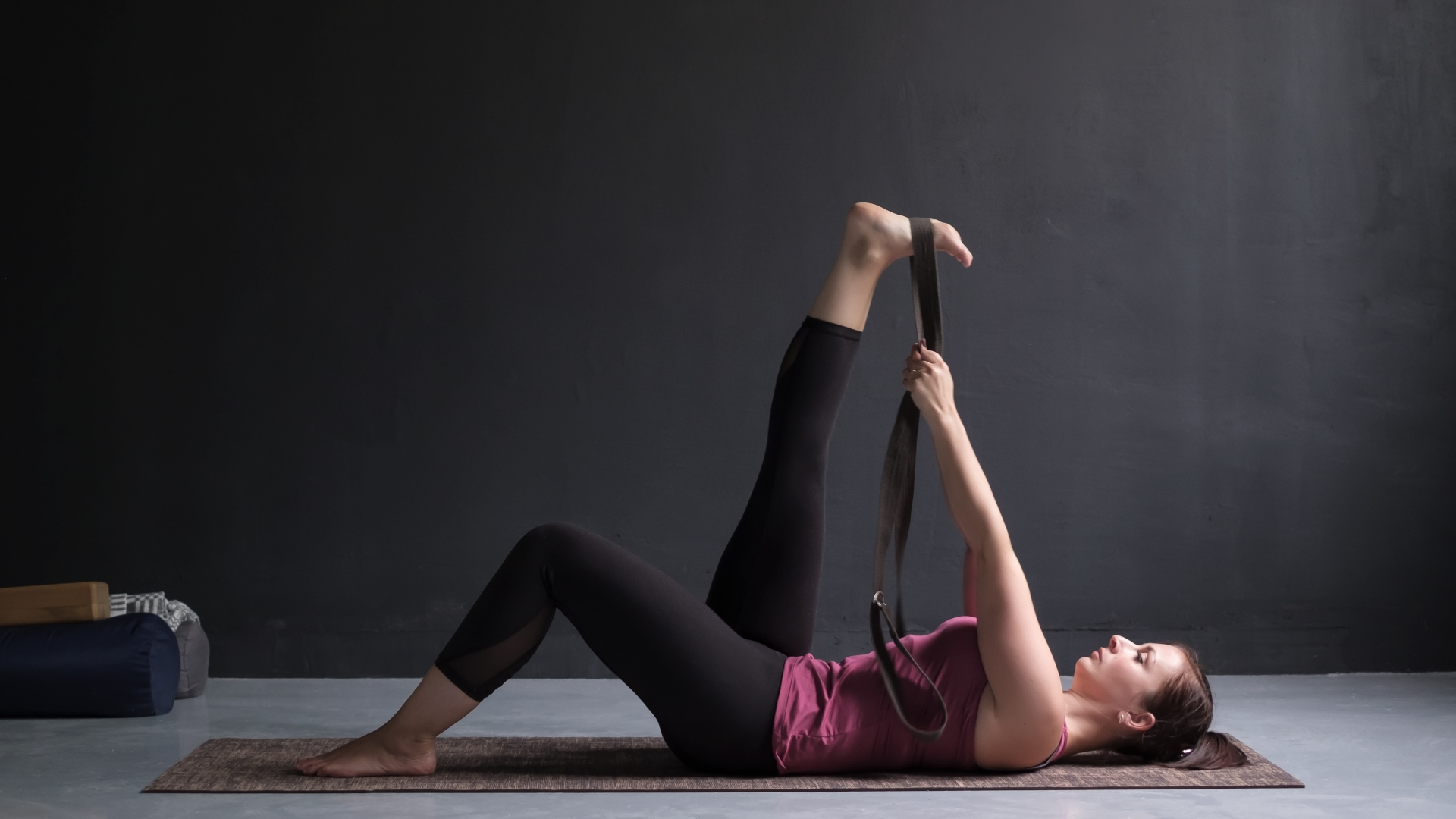
With its emphasis on stretching, improved range of motion and stress reduction, many runners swear by yoga as the ideal complement to their sport, while others believe that all that stretching makes them lose their competitive edge. So is yoga good for runners?
Before we begin, it’s worth acknowledging that there are many different types of yoga – some styles involve deep stretching, some look more like strength training, while others concentrate on techniques like deep breathing and meditation and are largely devoid of the physical aspects. Instead of trying to cover them all, we decided to examine four common components of a yoga practice – stretching, range of motion, deep breathing and meditation – to examine how they might offset any imbalances caused by all that time spent in your best trail running shoes.
If you're already convinced of the benefits and just ready to unroll your yoga mat and get started, check out our sequence of yoga stretches for runners.
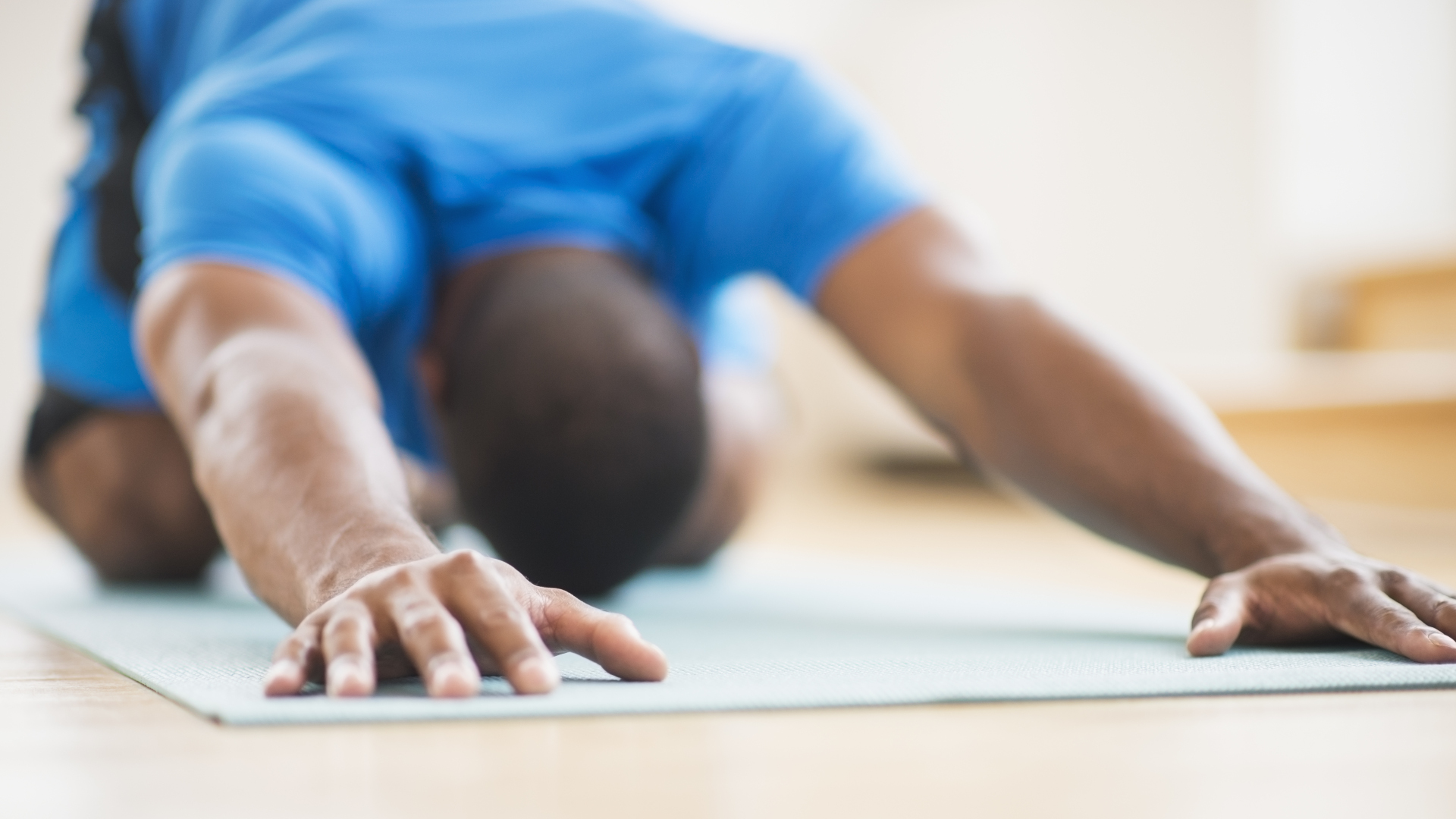
Stretching
Running is great for strengthening the muscles of your lower body, in particular glutes, quadriceps, hamstrings and calves. These muscles may feel stiff and fatigued either immediately after your run or the following day, and you may find that a stretching regimen such as the one supplied by a yoga practice restores a sense of balance to your body. It’s typically this sensation that leads us to believe that yoga is a good counterpart to running, because people generally associate yoga with stretching. While it’s not a necessary component of a yoga practice, it is a common one and it’s the number one reason most people seek out yoga according to the 2016 Yoga in America study.
Let’s say you’ve been running four times a week for 15 years and you don’t ever do any stretching. There’s a decent chance you can’t easily touch your toes. So it makes sense that your hamstrings are short, right? Wrong. Muscles don’t change in length. Your hamstrings are attached, via tendons, to bones in your pelvis and legs, so once you stop growing, they remain a pretty stable length. But if you’re only ever running, and effectively strengthening your muscles through a pretty small range of motion, then your nervous system will adapt to this usage. If you then bend over and try to touch your toes, your nervous system may detect this range of motion as unfamiliar and brace against it to limit any chance of injury. The result is that your hamstrings feel tight.
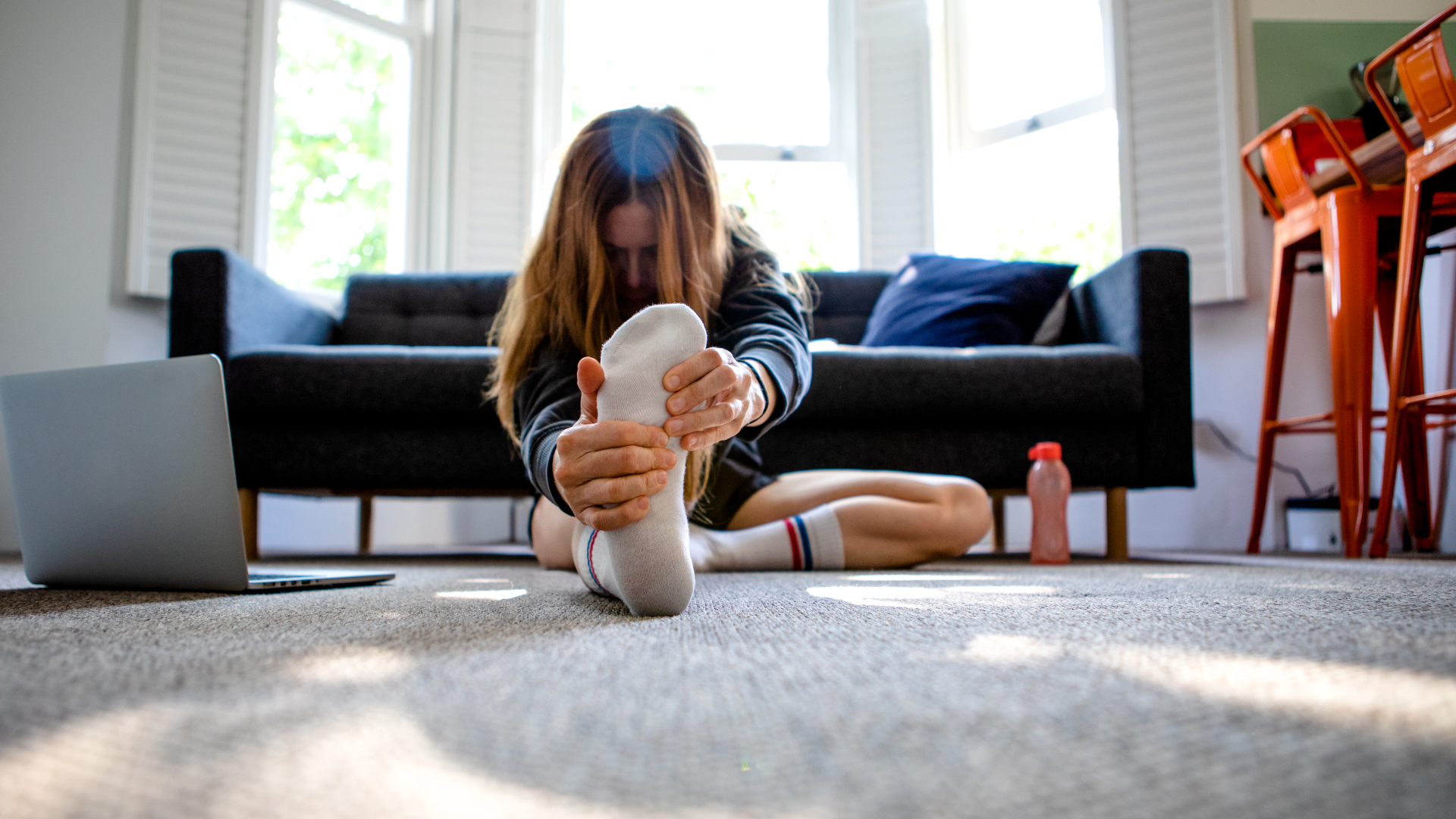
So if your muscles haven’t actually changed in length, can stretching in yoga really help? Potentially, yes. If you choose a yoga practice that features some stretching, over time your nervous system will adapt to the new sensations and allow for more mobility. How much your nervous system adapts and how much mobility you acquire will depend on lots of factors, like genetics, age and activity level. So to answer the question, is yoga good for runners, then a safe answer is: if running is making your muscles stiff to the degree that it is causing you discomfort, then yes, regular stretching could indeed be beneficial.
The caveat to this is, if you’re training for a race, stretching may actually not be in your best interests. If you want to improve at your sport, the principle of specificity tells us you need to practise that skill. Your body adapts to the demands of your sport to give you a competitive edge, so reversing those demands might not be the best practice. Olympic sprinters depend on the tightly knit muscle fibers of their glutes to give them a competitive edge; if they were to stretch out before a race, they might lose their advantage. So a good practice might be to wind down your yoga practice in the weeks before a big race, then ramp it back up for your recovery afterwards.
Advnture Newsletter
All the latest inspiration, tips and guides to help you plan your next Advnture!
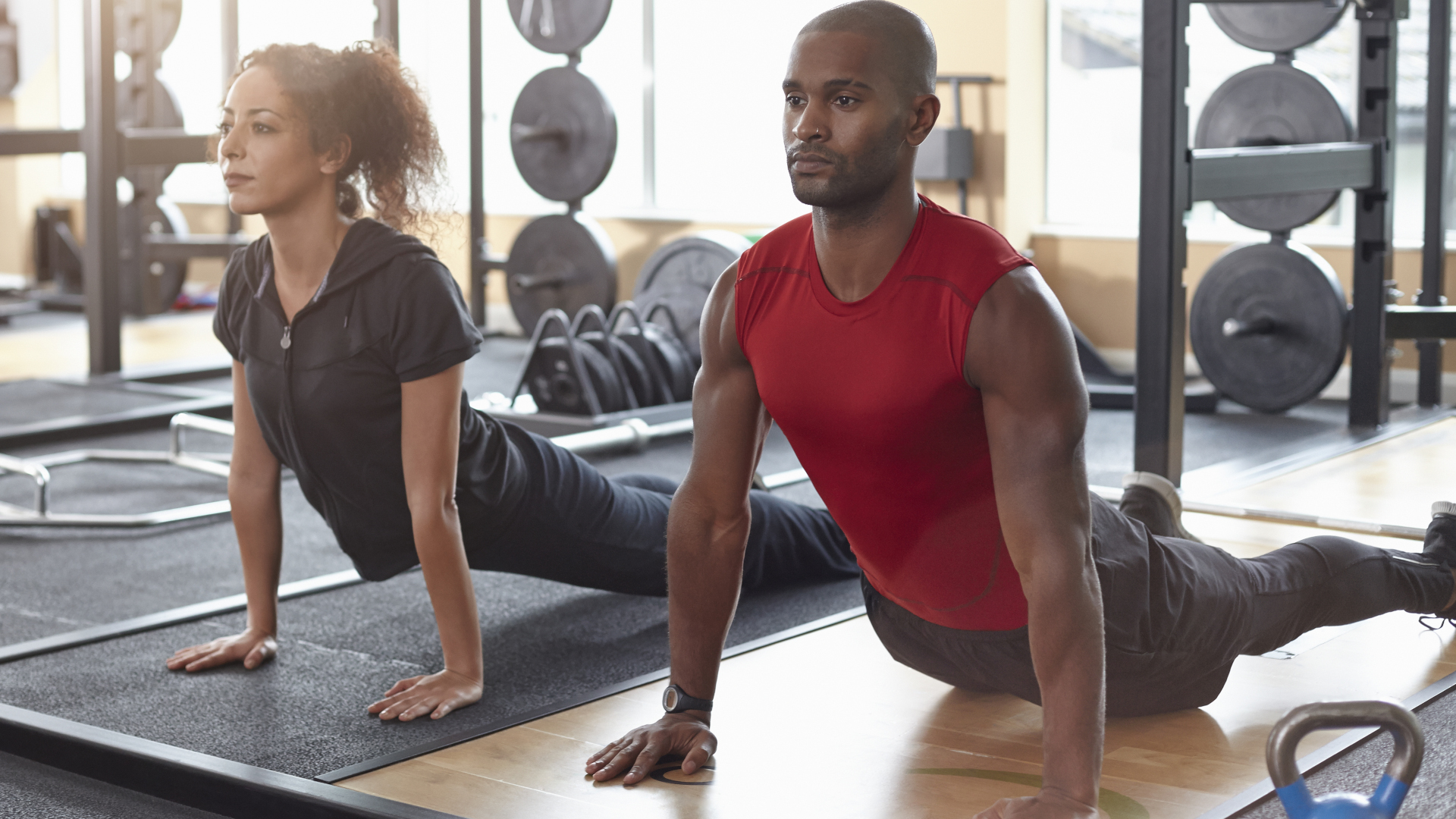
Range of motion
This aspect of yoga isn’t necessarily distinct from stretching, but it’s worth exploring separately. What we tend to describe as ‘flexibility’ is better termed mobility in the field of biomechanics, and it’s one of the contributing factors to range of motion, meaning how far your joints are able to move in different directions. Because running is characterized by repetitive, short movements in your joints, it doesn’t go a long way towards increasing your range of motion in the same way that activities like rock climbing and yoga are seen to. Yoga in particular could be beneficial because it applies much broader ranges of motion in joints like your shoulders, spine and hips, keeping them supple.
But do we need more range of motion? In truth, not everyone does. If you’re already hyper-mobile, then working to increase your range of motion may not hold a lot of value, or worse, could lead to injury according to Yoga International. But if running is limiting your range of motion to the degree that it’s negatively impacting your life and rendering you unable to perform daily tasks, then yes, many of the postures you do in yoga could indeed be beneficial. The key would be to do it in moderation – find a comfortable end range to your movements and don’t try to push past it.
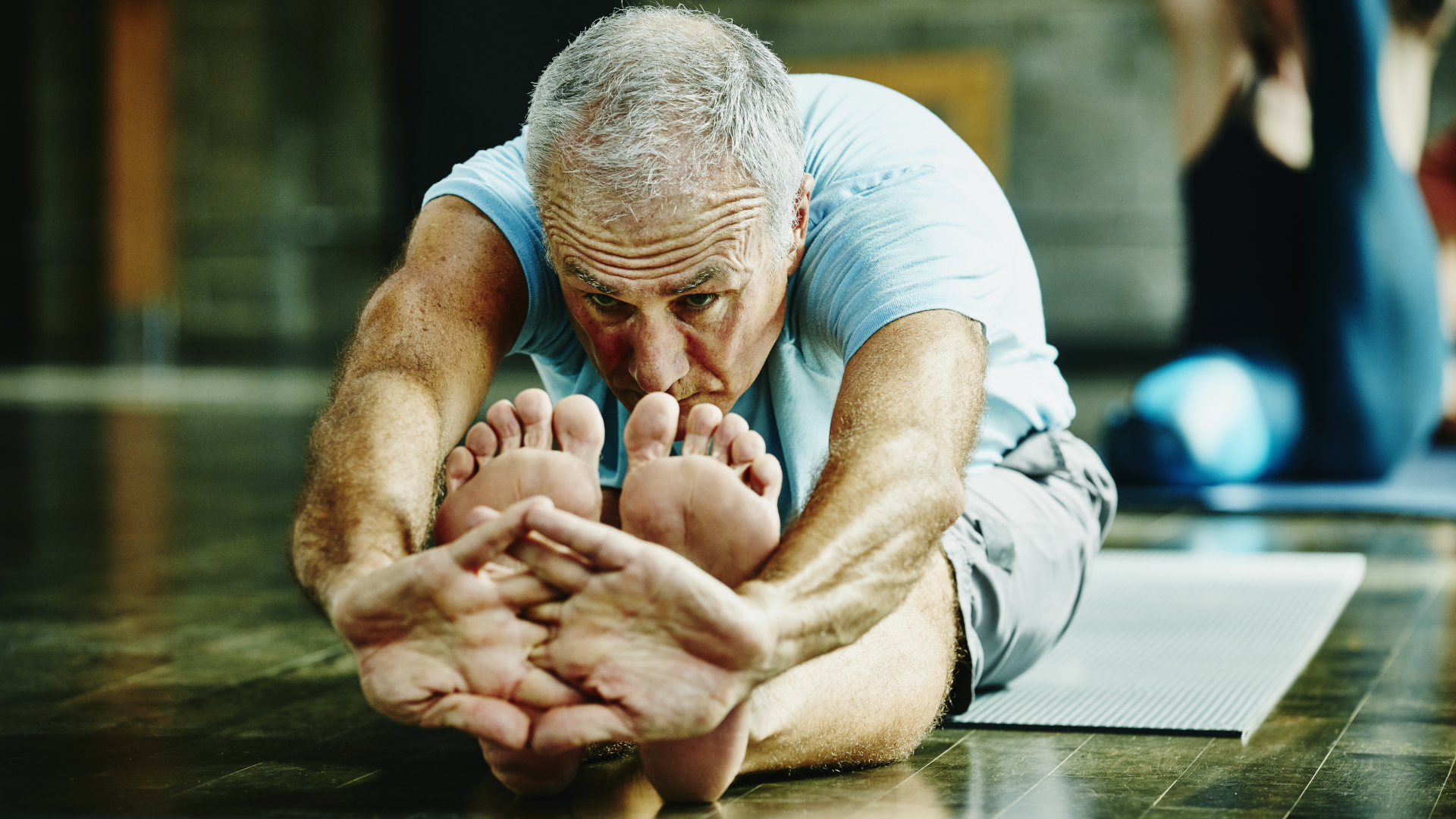
Deep breathing
We generally assume that runners have a well developed cardiovascular system due to the aerobic nature of the sport, but in truth, few runners think a whole lot about how they’re breathing when they run. Though some articles and books have claimed that not breathing properly when you’re running can cause injury, there’s no conclusive research to confirm this.
However, as a runner it’s fair to say that you do want to be able to breathe efficiently to support your performance. Deep breathing, sometimes called diaphragmatic or belly breathing, strengthens your diaphragm muscle, improves your oxygen efficiency and helps stabilize your blood pressure according to Harvard Health, and according to Runners World, this helps runners with efficiency, pace and staying calm in race environments.
Deep breathing can definitely be cultivated during running, but if it’s something that doesn’t come easily to you, it may be better to practice it in a less demanding environment, such as lying down in a yoga class. You can place something soft like a folded blanket onto your abdomen and focus on moving the blanket up and down with your breathing. Once you’ve adapted to this deeper style of breathing, you’ll be able to integrate it into your running routine too.
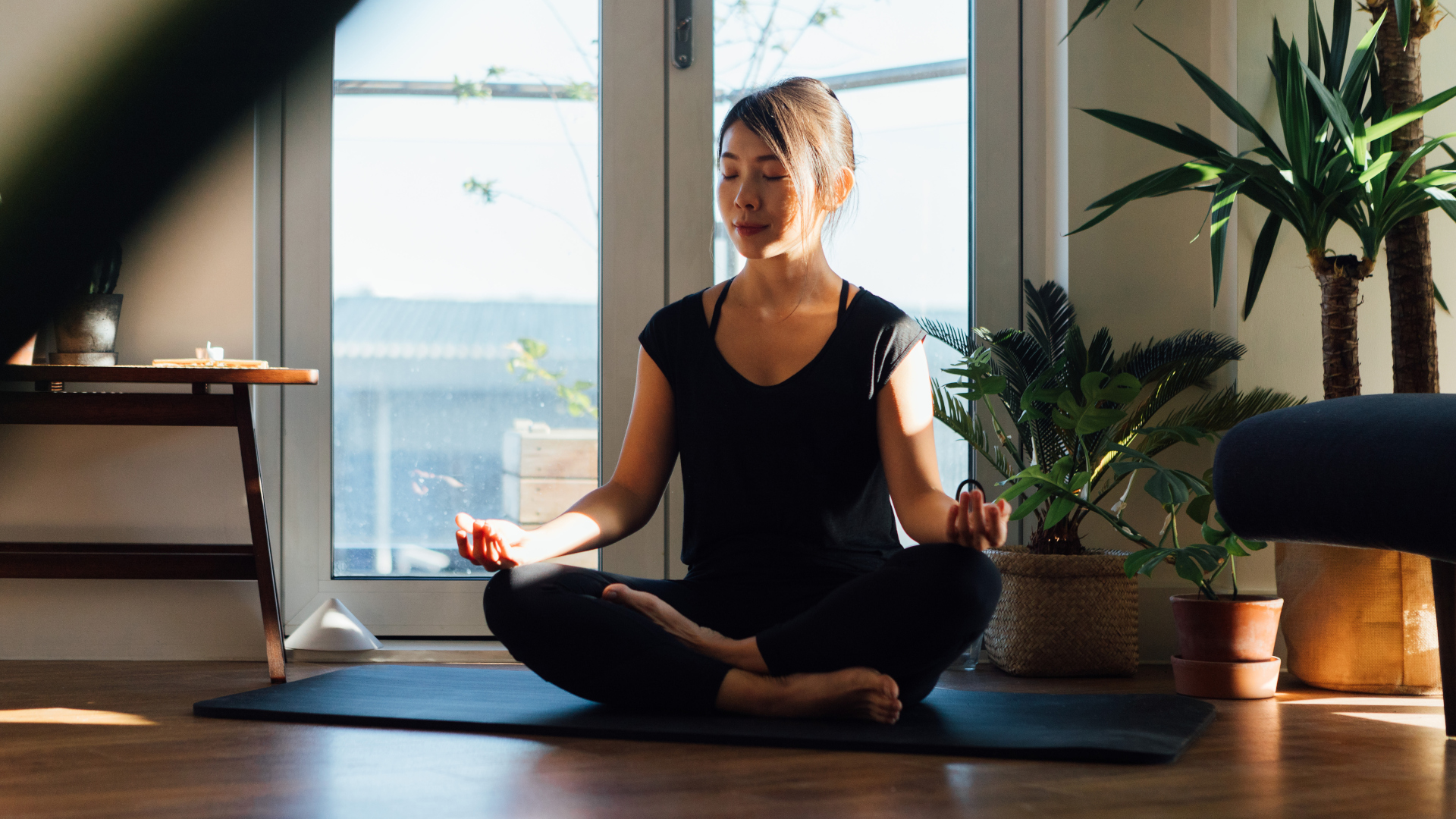
Meditation
The other main reason that people seek out yoga is for stress reduction. In addition to deep breathing, which according to Harvard Health is effective for activating the relaxation response, it is generally viewed as an effective means of reducing stress. To further enhance these benefits, many yoga classes include techniques like seated meditation and visualizations.
There’s two good arguments for meditation for runners. First, despite the nice runner’s high you might get from running, performing at a high level can induce feelings of stress and anxiety. Science Daily reports that certain types of meditation that are practiced in yoga boost your alpha brain waves, which means you’re awake but relaxed, and can provide a good counterbalance to the intensity you rely on for running.
Second, we all know that improving your athletic performance, whether it be increasing your distance or training for a race, requires as much brain training as it does physical conditioning. Those alpha brain wave states are seen to promote focus, creativity and problem solving abilities, which you can call upon on race day or when you’re tackling a more challenging trail run.
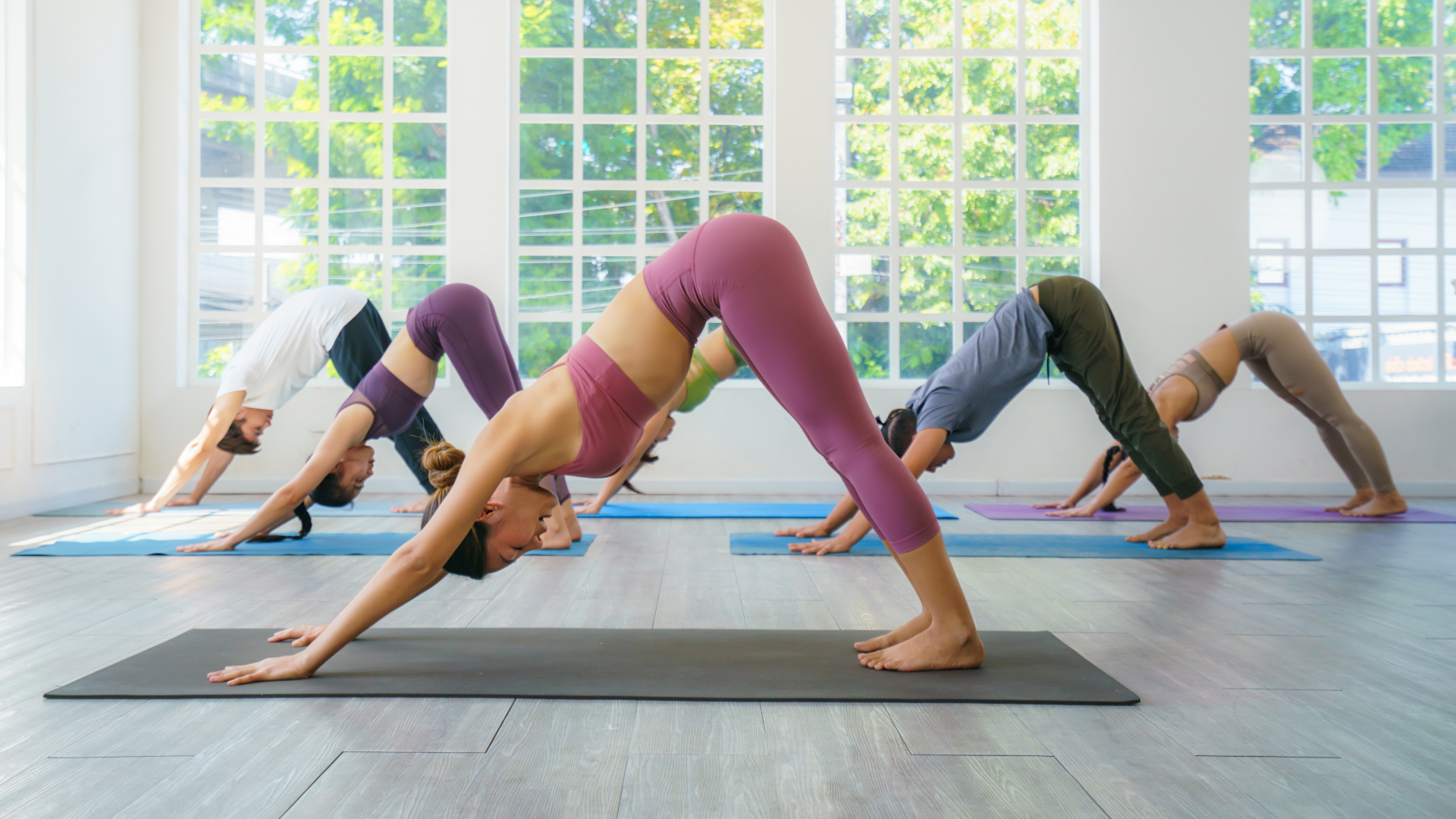
So, is yoga good for runners?
The answer seems to be that many aspects of yoga probably are very good for runners. As a complementary activity, you could do a lot worse than one which restores some sense of functionality to your body, improves your breathing and calms your nervous system. But not all types of yoga will provide all of these benefits, and you need to take into account your own running goals when making this decision.
If you’re ready to get started, here are some general pointers:
- Don’t feel like you can’t go to yoga because you’re ‘not flexible’ – yoga actually isn’t about bendy people showing off, despite what you see on Instagram. In fact, people with more limited range of motion are the ones who may be getting the most out of class.
- If you have an existing running injury, you should approach stretching with the assistance of a physiotherapist. Most yoga teachers are not qualified to give you the individualized attention you’ll need in a group class setting.
- Know that some styles of yoga, such as Ashtanga Yoga and Power Yoga, can be quite vigorous and may be more depleting if you’re already fatigued from running. If it’s balance you seek, you may want to try gentler styles of yoga that focus on reclining postures and use lots of props, such as Yin Yoga and Restorative Yoga.
- Don’t try to push past your natural range of motion. As a runner, you may be naturally competitive, but this is where you can end up injuring yourself and the whole point is to support, not impede, your running regimen.
- You might want to back off the stretching aspect of your yoga practice in the lead up to a big race, then ramp it back up afterwards to aid recovery.
- Seek out classes that emphasize meditation and breathing techniques, since these can really enhance your performance, and your life.
Julia Clarke is a staff writer for Advnture.com and the author of the book Restorative Yoga for Beginners. She loves to explore mountains on foot, bike, skis and belay and then recover on the the yoga mat. Julia graduated with a degree in journalism in 2004 and spent eight years working as a radio presenter in Kansas City, Vermont, Boston and New York City before discovering the joys of the Rocky Mountains. She then detoured west to Colorado and enjoyed 11 years teaching yoga in Vail before returning to her hometown of Glasgow, Scotland in 2020 to focus on family and writing.

